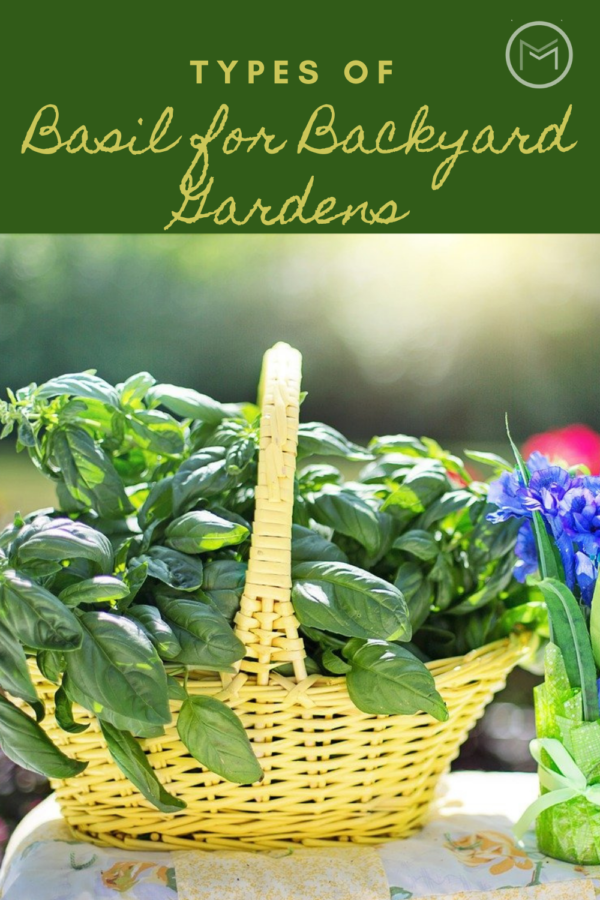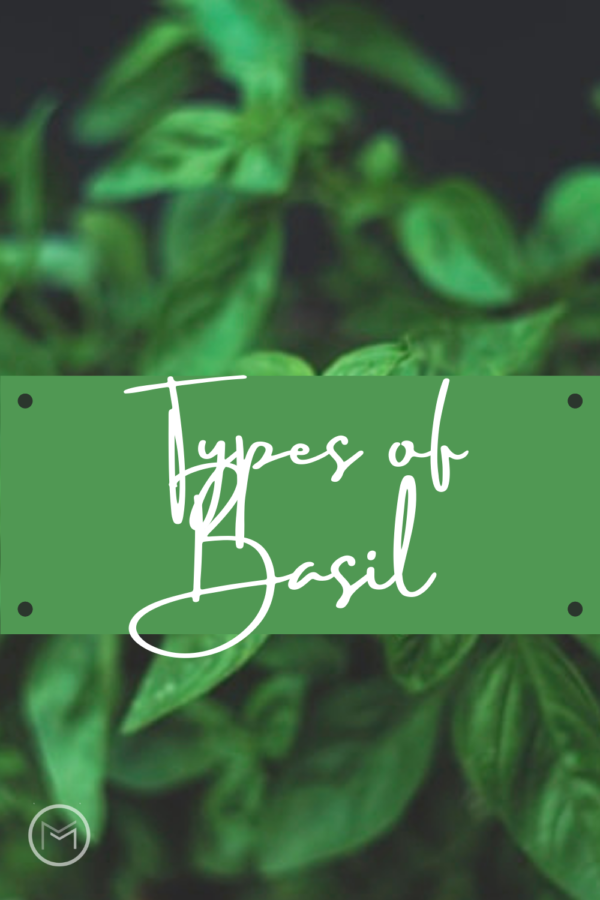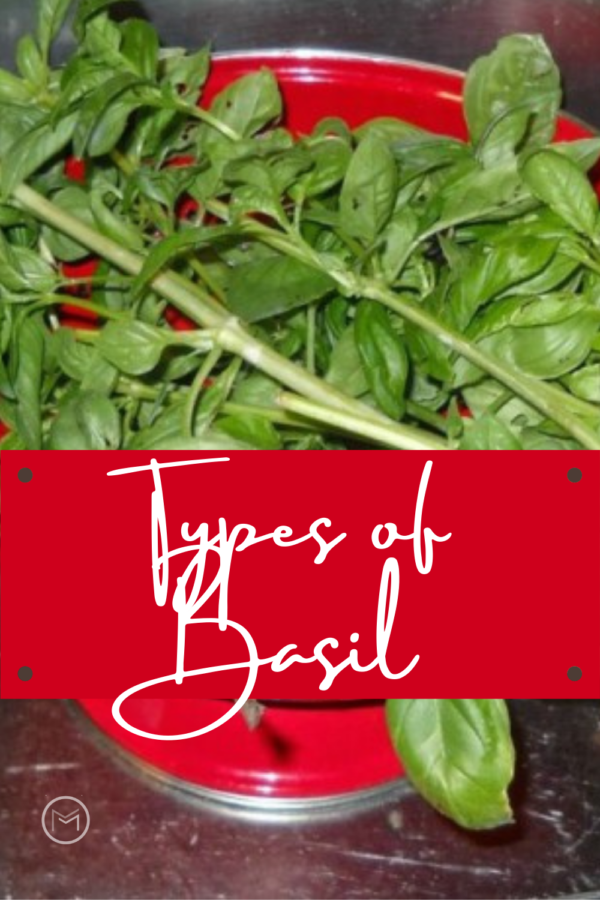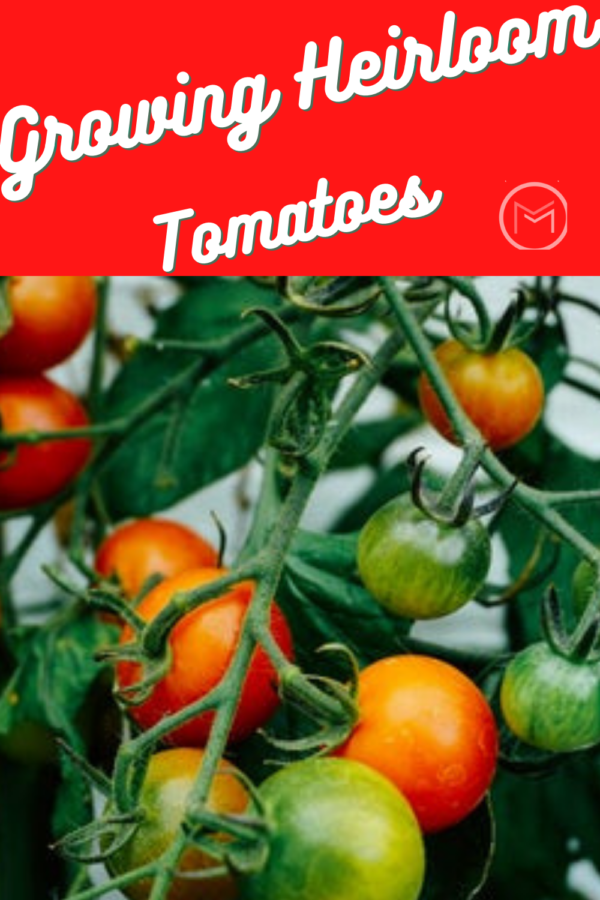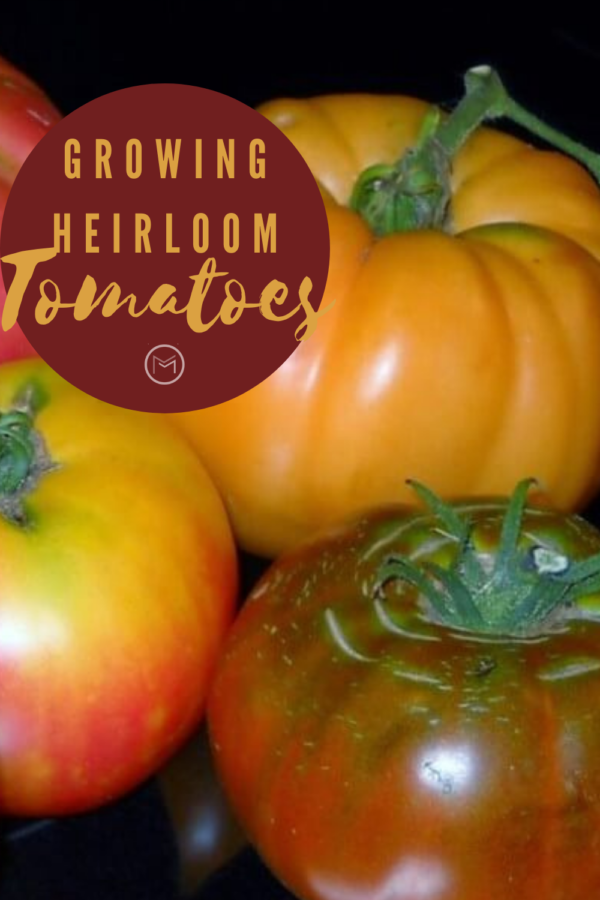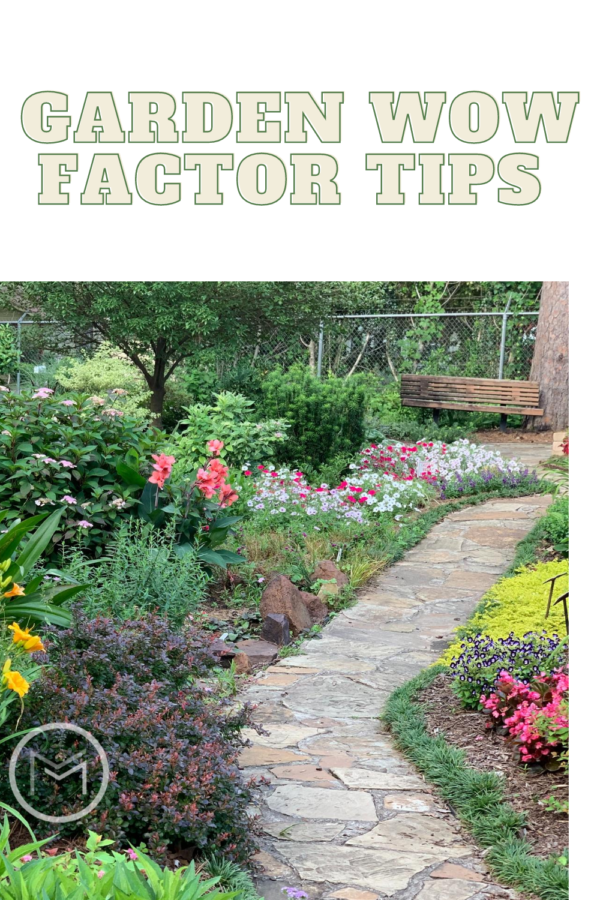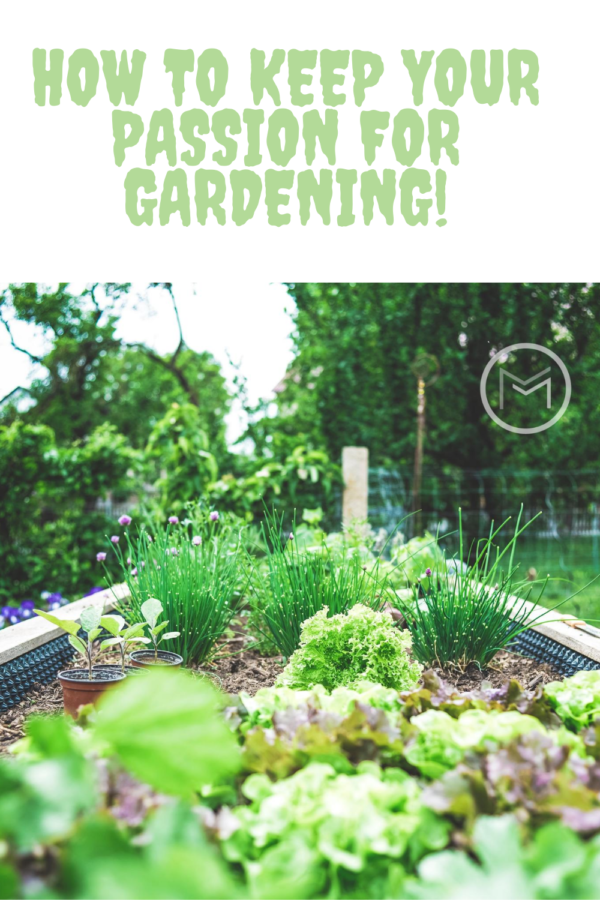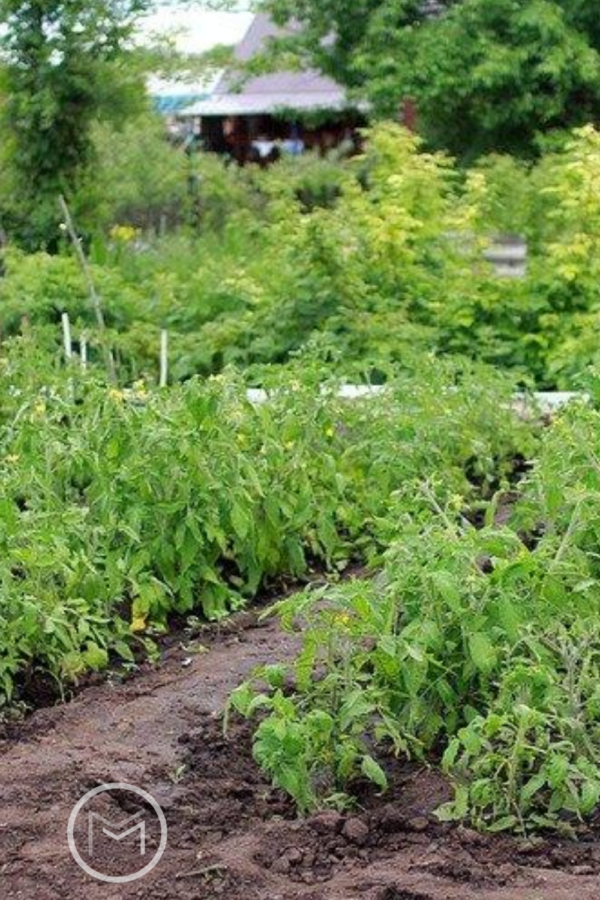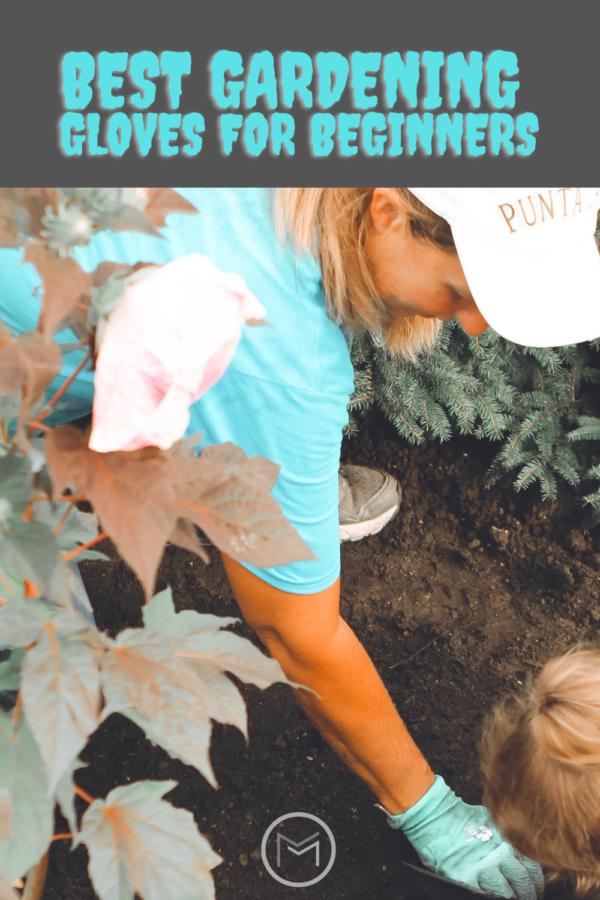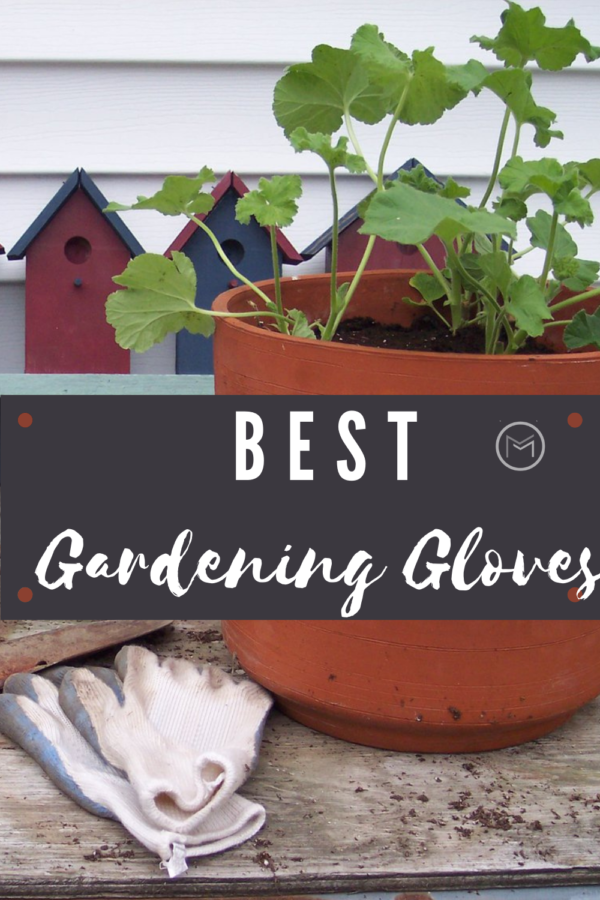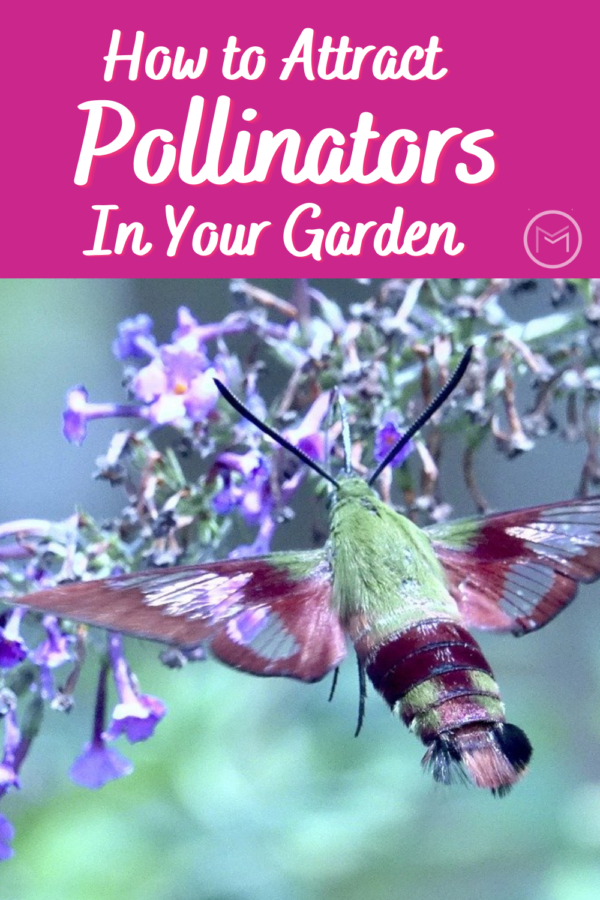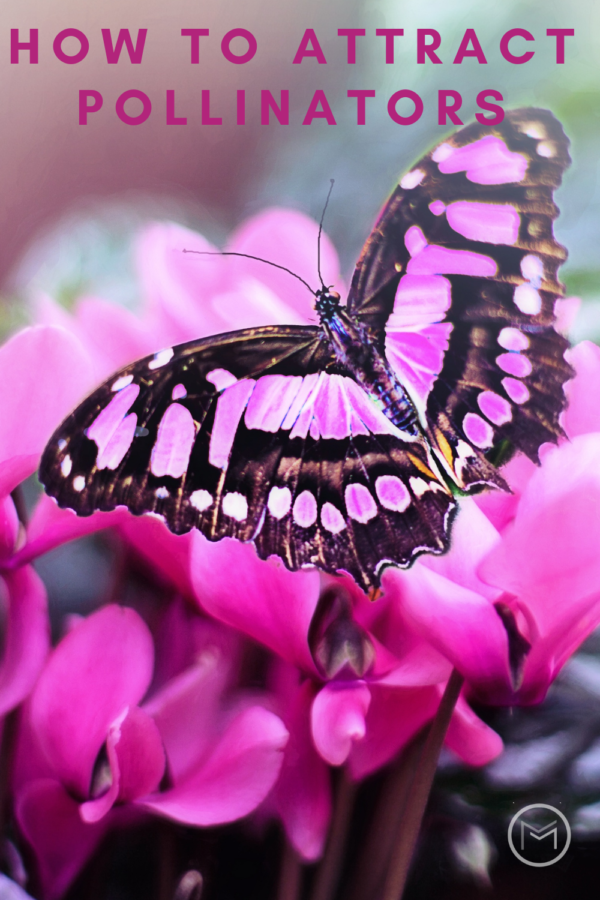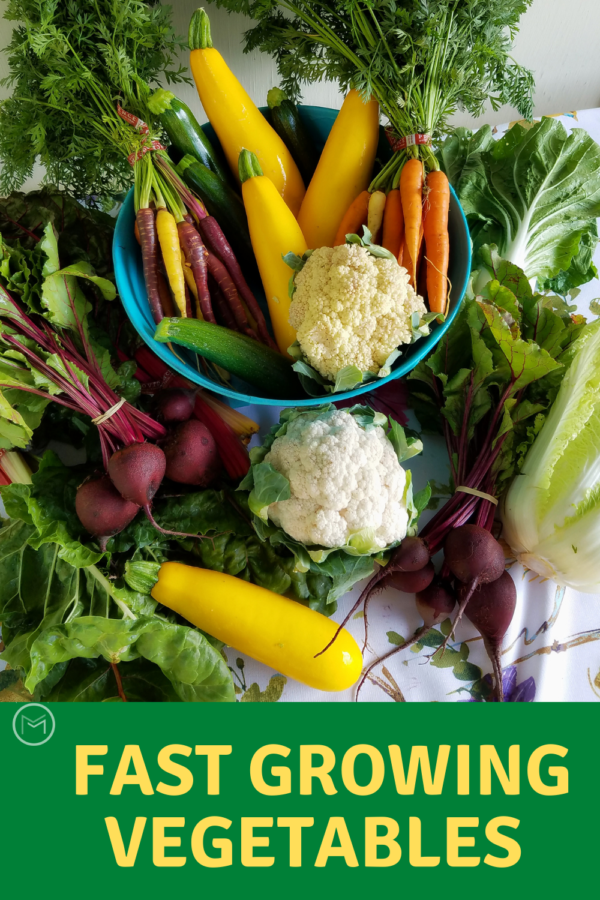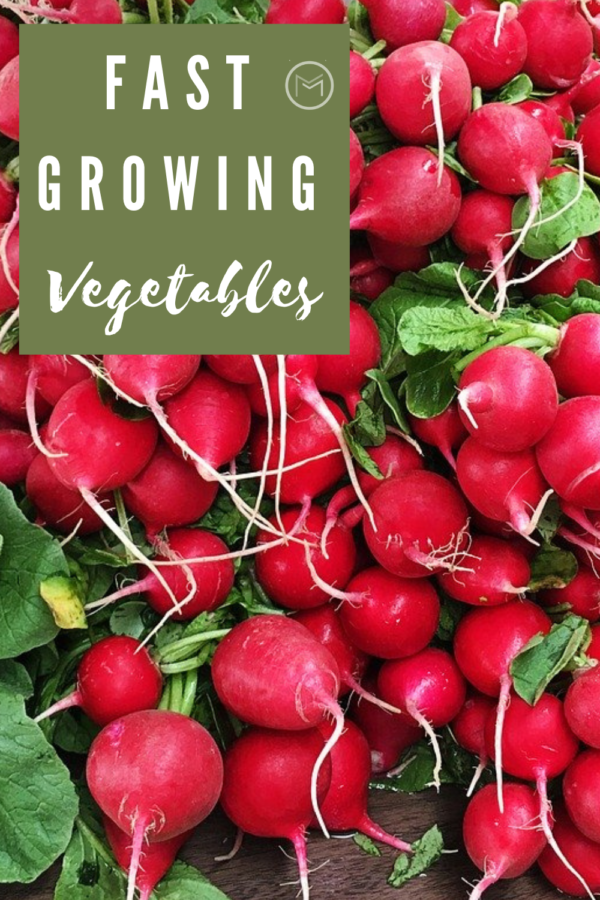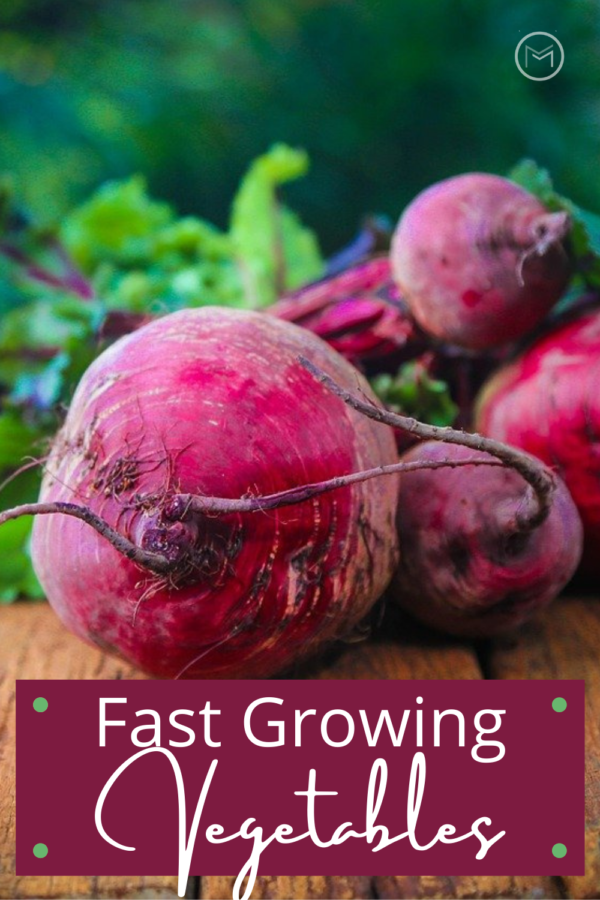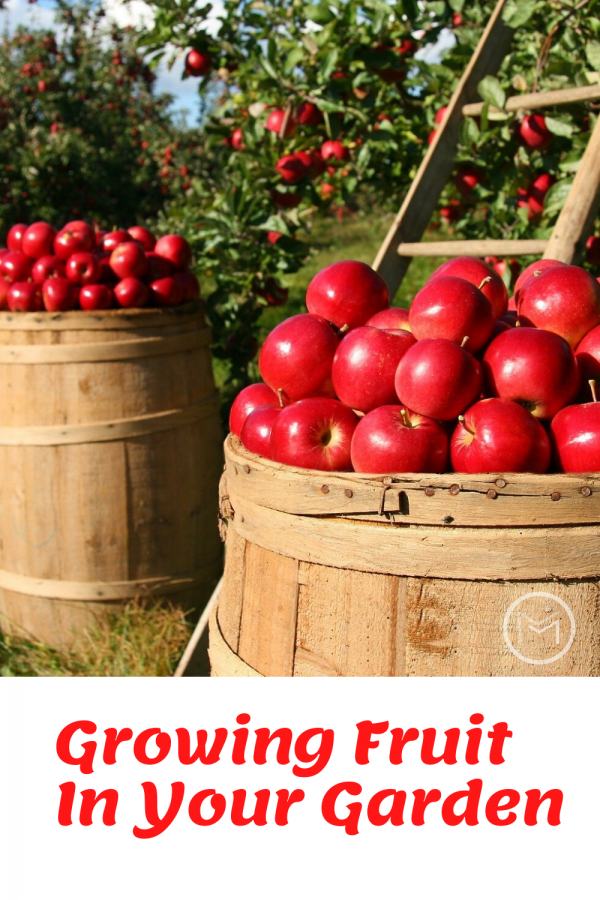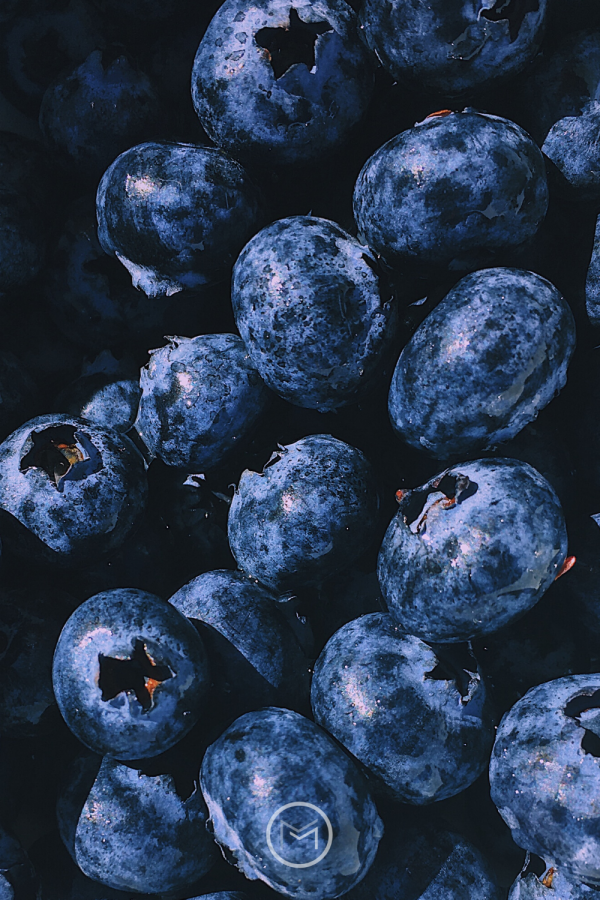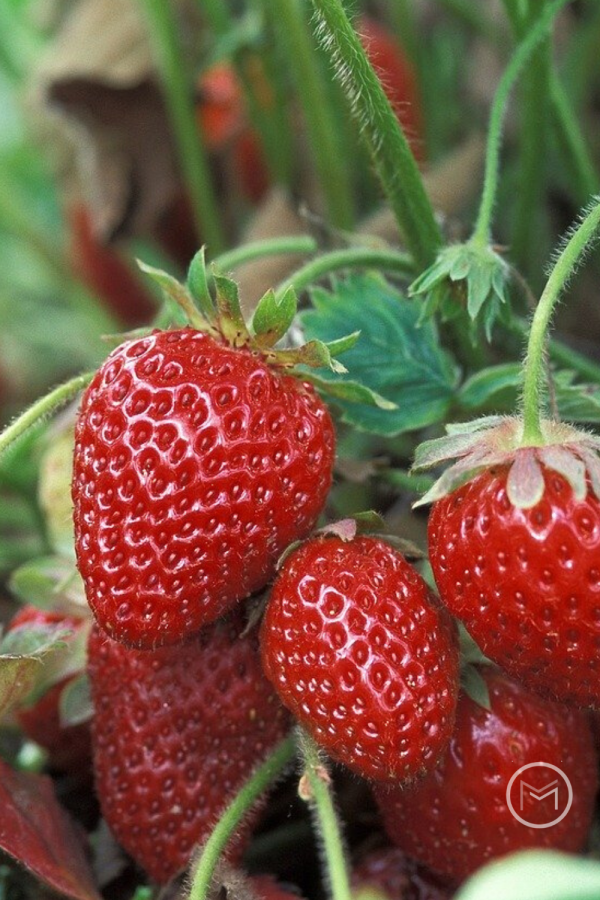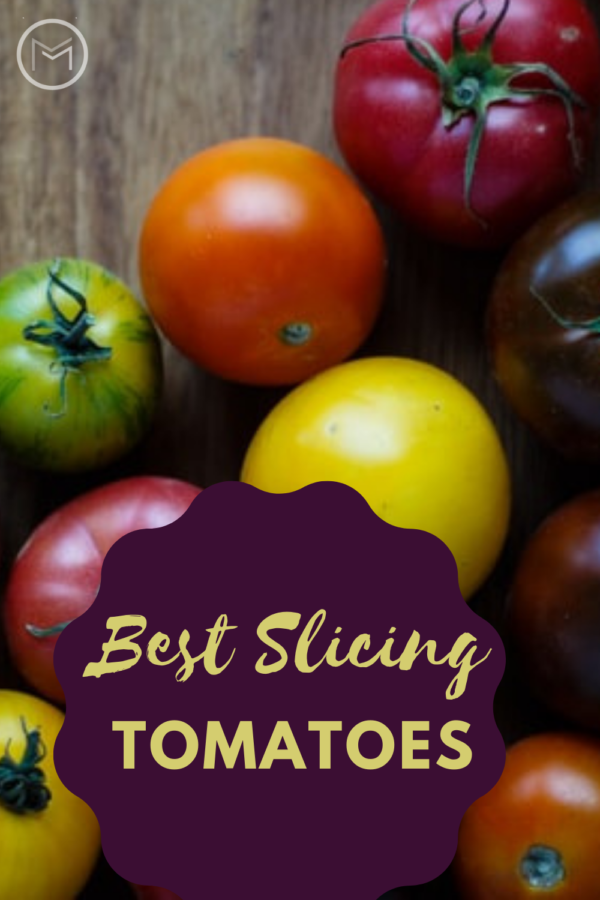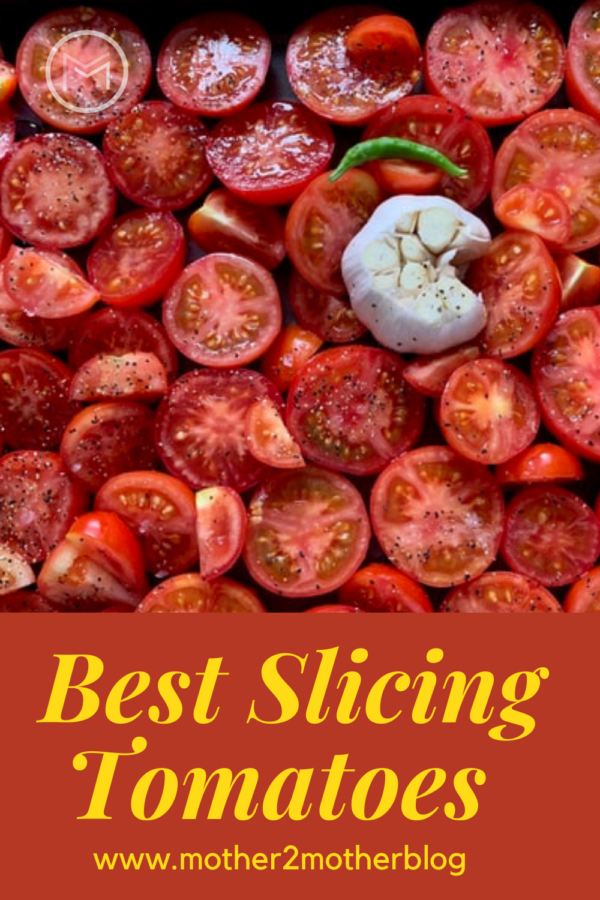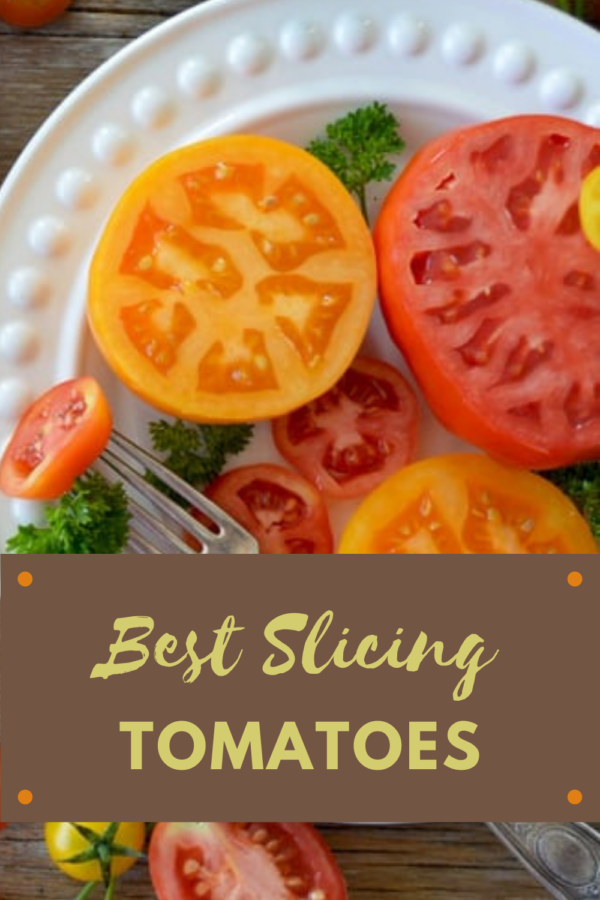Are you dreaming of starting a home garden? Check out my tips on how to start a home garden. I started home gardening about 10 years ago. Since that time, I have obtained my Master Gardeners certification and reached out to beginner gardeners. We all have to start somewhere in our gardening journey, and learning how to start a home garden is step 1.
Gardening can be therapeutic, and the benefits of growing fresh vegetables and beautiful flowers rewarding. Unfortunately, many gardeners don’t know where to start. I’m going to take the guess work out of that problem for you today.
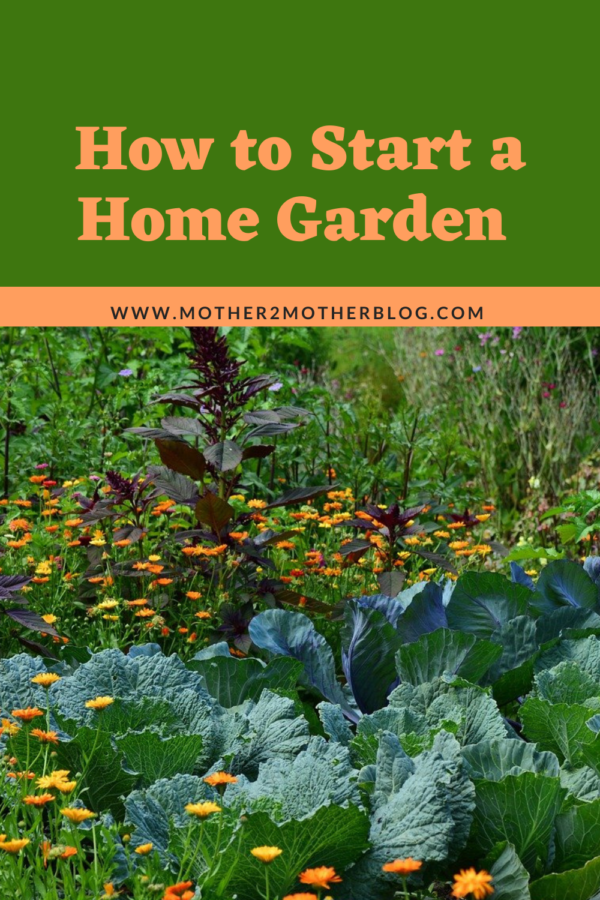
How to Start a Home Garden:
Location, Location, Location – Deciding on a location is your most important decision. Many issues that you encounter as a gardener can be rectified. However, if you put your garden in the wrong location it will take work to relocate it. So, think twice about where you want to put it before you begin. I love looking out my window and seeing my garden. Being able to watch it grow and become filled with fresh vegetables and beautiful flowers is so rewarding. My grandchildren love looking out the window and looking at the sunflowers when they visit. They love being greeted with a big smile each morning.
Sunshine – The location you choose should receive at least 6 hours of sunshine. More is even better.
Water – When you choose a spot for your garden, make sure you are able to water it from a rain barrel or water faucet.
Good Soil – If possible choose a location with good soil. If the 3 elements above are met, you can amend the soil so your garden will be productive. Do a soil test once you choose your site and send it to your local Extension , so you will know what your soil needs.
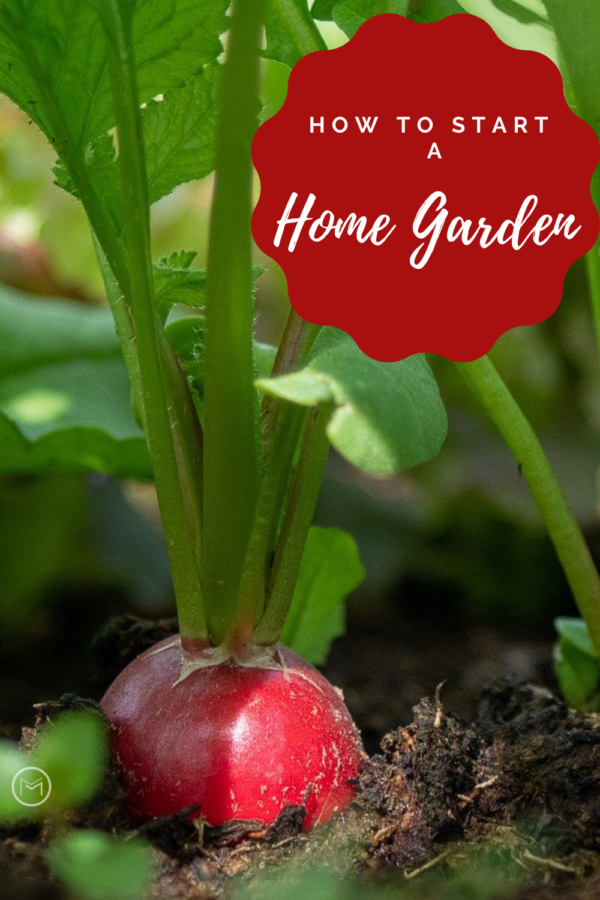
Know your Growing Zone – It’s imperative that you know your growing zone. It will determine how long your growing season will be. For example, I garden in Zone 6b. As a result, I have approximately 6 months of spring and summer gardening.
Garden Method – Decide how you want to garden. Will you be row gardening, using raised bed, containers or vertical gardening?
Frost Dates – Knowing your frost dates is important. Frost dates determine when you can garden without fear of your plants being killed, and they let you know when you should prepare to close your garden before the first fall frost hits.
Mulch – Use straw and/or leaves around your vegetable plants. I’ve used both on my garden paths as well as newspaper too.
Finally, I hope you found my how to start a home garden tips beneficial, and you will be enjoying your new garden this summer. Gardening will give you an exhilaration rush. You will proudly dig in dirt to produce tasty vegetables for your family and produce beautiful flowers.
